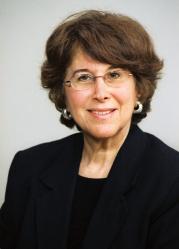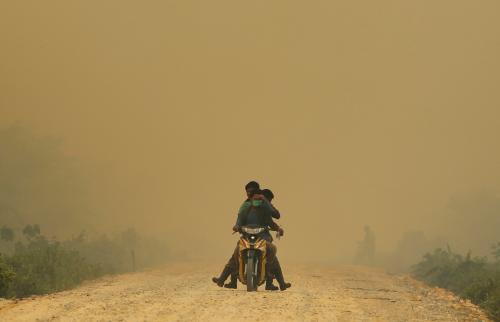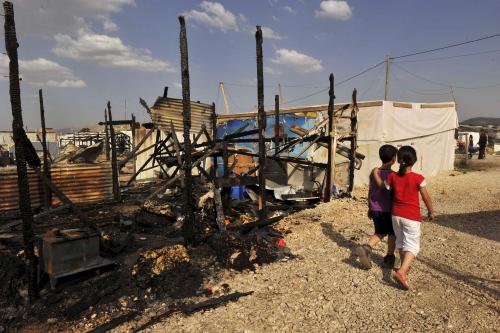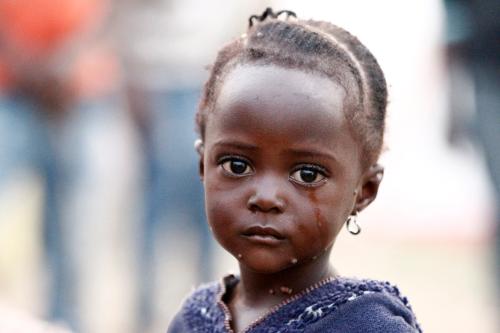Between seventy-five and eighty percent of the world’s 50 million refugees and internally displaced persons are women and their dependent children. They can be found in more than one hundred countries. Many have been living in camps and emergency situations for generations. This paper examines the actual experience of refugee and displaced women in the light of the need for their greater integration into development-oriented programs.
Between seventy-five and eighty percent of the world’s 50 millions refugees and internally displaced persons are women and their dependent children. They can be found in more than one hundred countries. Many have been living in camps and emergency situations for generations.
International concern about the plight of refugee and displaced women has been fueled by several factors. For one, the number of refugees and internally displaced persons is rapidly growing and has been outstripping the international community’s capacity to provide adequate assistance. It is estimated that 10,000 persons are fleeing their homes each day and that our of a world population of 5.5 billion, roughly one in every 130 people has been forced into flight. The explosion of civil wars and ethnic strife combined with scarce resources, overpopulation, and poverty have been compelling people daily to leave their homes in search of security and survival elsewhere. The number of those considered refugees has risen to about 20 million persons today; internally displaced persons have gone beyond the 30 million mark.
This paper examines the actual experience of refugee and displaced women in light of the need for their greater integration into development-oriented programs for refugees, displaced persons and returnees. It looks at women’s access to basic services, their role in planning and delivering emergency assistance, their opportunities for economic self-reliance, and their role in reconstructing their home countries after they repatriate. It identifies the obstacles impeding their full integration into economic and social programs and recommends steps to overcome these barriers. It recommends the greater involvement of development agencies and multilateral development banks in programs for refugees and displaced persons, and in particular in efforts to make refugee and displaced women self-sustaining.



